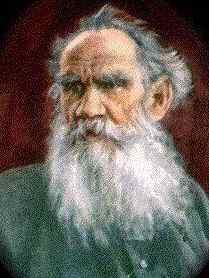[From article]
David Popenoe, a founder of the National Marriage Project, is the son of Paul Popenoe, the father of marriage counselling, who is best remembered for the Ladies’ Home Journal feature “Can This Marriage Be Saved?”[. . .]
he was a leader in the campaign to sterilize the insane and the weak of mind.[. . .]
For Popenoe, marriage counselling was the flip side of compulsory vasectomy and tubal ligation: sterilize the unfit; urge the fit to marry.[. . .]California passed a forced-sterilization law. (Two-thirds of American states eventually did the same.) In 1913, [Stanford University President David Starr] Jordan appointed Popenoe editor of the Journal of Heredity. With Gosney, he charted the progress of California’s sterilization project. He traveled from one asylum to the next, counting, inspecting. Some twenty thousand men and women were sterilized in California. Popenoe estimated that about ten million Americans—about a tenth of the population—should be sterilized.[. . .]
The constitutionality of compulsory-sterilization laws was brought before the Supreme Court in 1927, in Buck v. Bell. [. . .]
Oliver Wendell Holmes, Jr., writing for the eight-to-one majority, concluded, “Three generations of imbeciles are enough.” Buck was sterilized.[. . .]
Eugenics relied on a colossal misunderstanding of science and a savage misreading of history.
[. . .]
Eugenics dates to the Progressive Era, when it was faddish. Early on, and particularly before the First World War, it was embraced by reformers on the left, from Jane Addams to Woodrow Wilson[. . .]
In 1934, Popenoe wrote about “Mein Kampf” admiringly, and at length. “Hitler himself—though a bachelor—has long been a convinced advocate of race betterment through eugenic measures,”
[. . .]
Paul Popenoe launched computer dating in 1956, on a UNIVAC.[. . .]
in Popenoe’s most influential book, “Life Without Father” (1996), he described what he called “the human carnage of fatherlessness.” The nation, Popenoe worried, was at risk “of committing social suicide.”






No comments:
Post a Comment